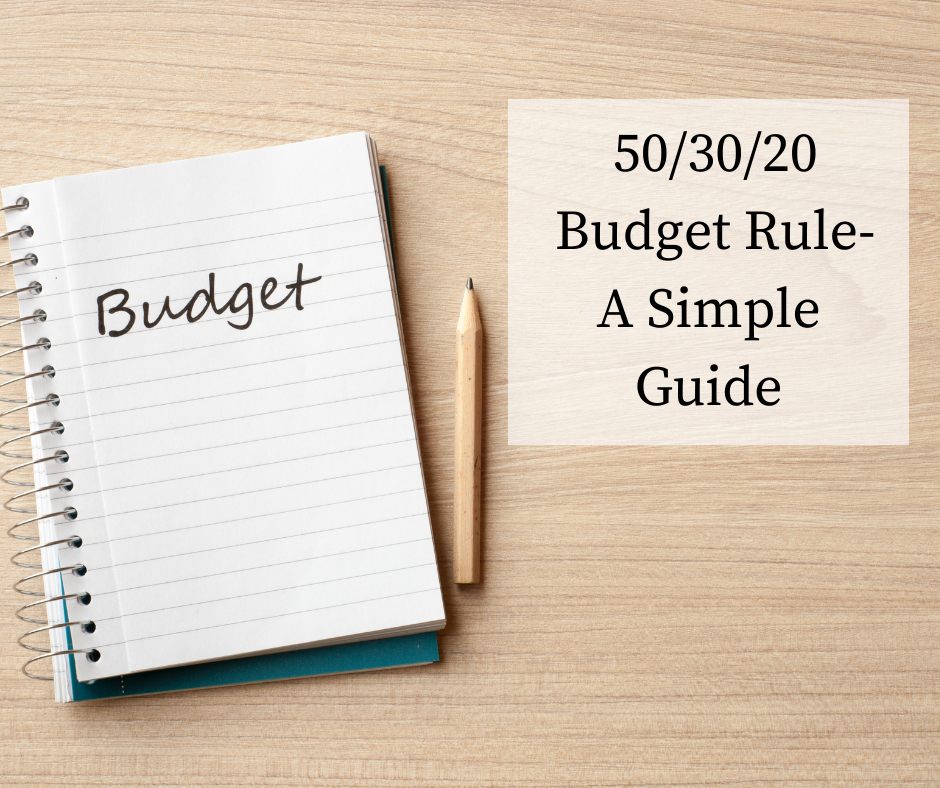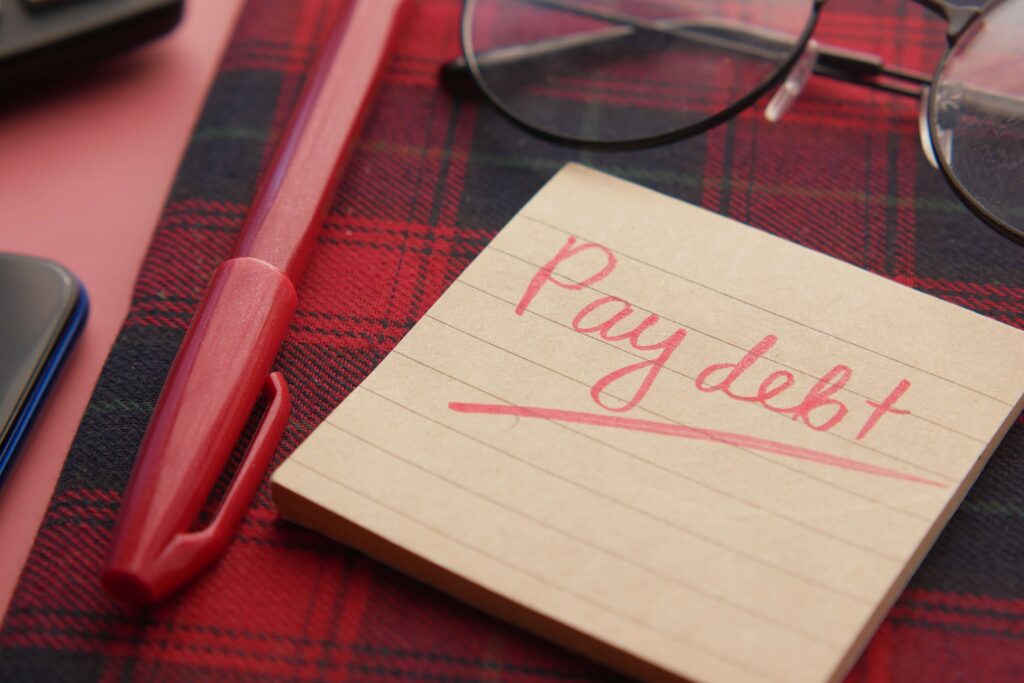
What is a budget? A budget is a written spending plan. Yes, I said written. This plan should account for your income and expenses. Hopefully by now, you have read my blog post about how to create a budget. This is your first step in getting started on a written budget.
Once you have completed that first step, it’s time to get serious. That’s where the 50/30/20 Budget Rule comes in. This budget rule is a simple guide to get you on the path to financial freedom.
What is the 50/30/20 Budget Rule? It is a very simple budgeting method. This method was made popular by Senator Elizabeth Warren. She wrote a book called All Your Worth: The Ultimate Lifetime Money Plan
This budget rule is so simple….you just divide your after-tax income as follows:
- 50% Needs
- 30% Wants
- 20% Savings
So what’s the point of following this plan? The 50/30/20 Budget Rule is a simple guide to help you reach your financial goals.
Let’s define your goals…take a moment to think about what your financial goals are. And write them down!
Do you dream of owning your own home? Putting your children through college? Having an emergency fund? Saving for that dream vacation? Investing in the stock market? Saving to remodel the kitchen? These are some of the reasons to get serious about your budget.
Let’s explore how to put in place the 50/30/20 Budget Rule:
50% Needs

The first category in the 50/30/20 Budget Rule is your Needs. This is where the largest part of your budget will go.
50% of your take home pay will go towards your Needs. Your take-home pay is also known as your after-tax pay. This is the amount you receive after everything has been deducted from your paycheck. These deductions can include:
- state taxes
- federal taxes
- withholding taxes
Additional payroll deductions may include retirement contributions and medical insurance. Technically you will want to add those back into your net pay. But to simplify this technique, you don’t have to.
So what do your Needs consist of?
Your needs consist of:
- Rent/Mortgage
- Car Payments
- Insurance
- Groceries
- Utilities
- Debt Service.
These are payments that you must make every month.
Insurance can include car, home, and medical. These are the basic must-have insurances.
Groceries only include food that you buy at the store. This does not include restaurants. Restaurants are part of the Wants category.
Utilities consist of gas, electricity, and water.
Debt services could be credit cards, student loans, or any outstanding loan. This will only include the minimum amount due monthly. If you are looking to pay more towards debt service, then that will be part of the Savings Category.
30% Wants

The next category in the 50/30/20 Budget Rule is the Wants category. The Wants category will account for 30% of your take-home pay.
These are all the things that you want but don’t need. This could include:
- Cable/Streaming Services
- New clothes
- Restaurants
- Gym memberships
- Salon: nails, hair, etc.
- Entertainment: concerts, movies, etc.
- Gifts
This is the category where you will make adjustments. This is the category that will make or break a budget.
So many people don’t pay attention to how much they spend on things they don’t need. Do you really need to eat out for lunch everyday? Do you need to get your nails done every week? Are you watching all those streaming services?
This category is one of the biggest reasons that I recommend a budget be written down. Writing something down makes it real. You can see it….and hopefully start making adjustments.
20% Savings

The last category in the 50/30/20 Budget Rule is the Savings category. The savings category will account for 20% of your take-home pay. Savings is where your goals become reality.
Savings can account for:
- Savings account
- Emergency fund
- Sinking Fund
- Retirement investments
- Vacation fund
- Christmas savings
- Debt repayment.
Setting up an emergency fund is very important…especially nowadays. It is suggested that you put away 3-6 months’ worth of funds. This will ensure that you will be fine if you lose your job or have an unforeseen emergency. I think this should be your number one savings goal.
Be sure to check out my post about sinking fund vs. emergency fund. Both of these savings funds are very important.
Next, you should focus on debt repayment. Do you have student loans, credit card debt, or personal loans? Getting out of debt is the next step to reaching your financial goals. Debt can kill your future. You will never get control of your financial future if you are constantly in debt.

One thing to remember about debt is there are different types. The good and the bad.
Good debt is debt that results in an asset. An example of good debt would be a mortgage. A mortgage is the result of purchasing a home. Another example of good debt is student loans. Student loans produce a degree. A college degree will give you more earning power. This is an asset.
Bad debt is debt that has zero asset. An example of bad debt is credit card debt. If you are in credit card debt, you have received zero asset. You have taken on debt without a positive result.
It’s up to you to determine what your next financial goal will be. Are you saving for that dream vacation? Do you need to get started on a retirement fund? Are you trying to start a college fund for your children?
Write down all your financial goals and determine the most important ones. Using 20% of your take-home pay towards these goals is a great way to achieve financial freedom.
Now that we have gone over the 50/30/20 Budget Rule it’s time to get started. I always feel the most important way to get started is by writing everything down.
Writing it down can consist of pen and paper, excel spreadsheets, or download an app on your phone. Don’t overcomplicate it. This is a simple guide. Get started today.
Be flexible. This plan will need to be tweaked monthly. Spend a few minutes every month going over your budget. Did you spend too much on your Wants? What expenses could you cut? Have you met a Savings goal? Time to work on another one.








Comments
Pingback: Budgeting Basics | How to Create a Budget
Pingback: Investing 101-Understanding Basic Investing
Pingback: Reasons Travel is Good for You | 10 Reasons to Travel